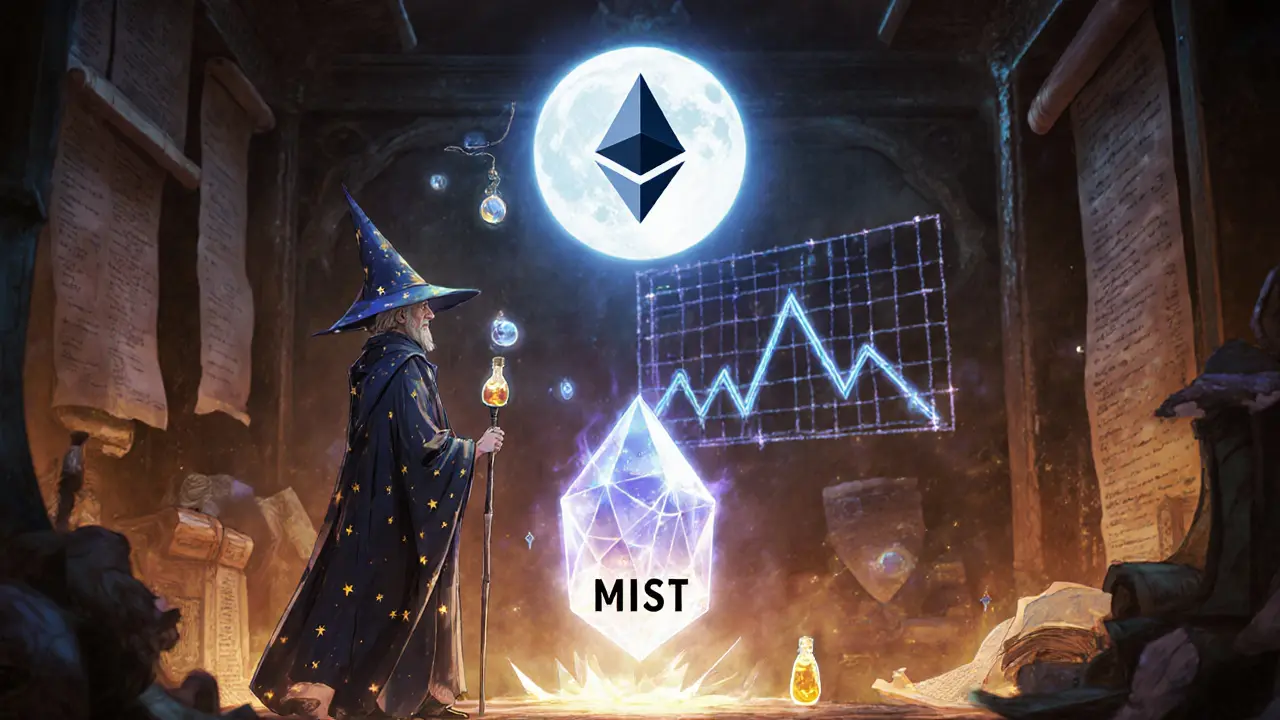Micro‑Cap Crypto: What It Is and Why It Matters
When working with micro‑cap crypto, digital assets with market caps under $50 million that often trade on low‑volume exchanges. Also known as "micro‑cap tokens," it represents a niche segment where price swings can be extreme and information scarce. Understanding this space helps you spot hidden opportunities and avoid costly mistakes.
Key Players and How They Shape the Micro‑Cap Landscape
Micro‑cap crypto encompasses a variety of projects, each with its own tech stack and risk profile. For example, Latina Coin, a Solana‑based token with minimal liquidity and no verification highlights the liquidity challenge many micro‑caps face. Frankencoin, a Swiss franc‑pegged stablecoin on Ethereum shows that even low‑cap projects can aim for stable‑value use cases. Sahara AI, an AI‑focused token that merges decentralized computing with market incentives illustrates how niche tech trends can attract speculative capital. Lastly, Alium Finance, a cross‑chain DEX token trying to capture DeFi traffic demonstrates the ambition to build infrastructure in an ultra‑competitive arena. These examples create a web of relationships: micro‑cap crypto requires diligent risk assessment, benefits from community‑driven marketing, and is influenced by regulatory environments that can shift overnight. The tokenomics of each project—supply caps, emission schedules, and utility—directly affect price volatility, making token analysis a core skill for any investor.
Below you’ll find a curated collection of articles that dive deeper into the topics introduced here. From regulatory updates affecting Iranian traders to detailed token breakdowns for LATINA, ZCHF, SAHARA, and ALM, the posts cover real‑world use cases, safety tips, and market data. Whether you’re hunting the next hidden gem or trying to understand why a micro‑cap token exploded, the guides ahead give you actionable insights and concrete examples to help you navigate this fast‑moving space.
- February 14, 2025
- Comments 19
- Cryptocurrency

